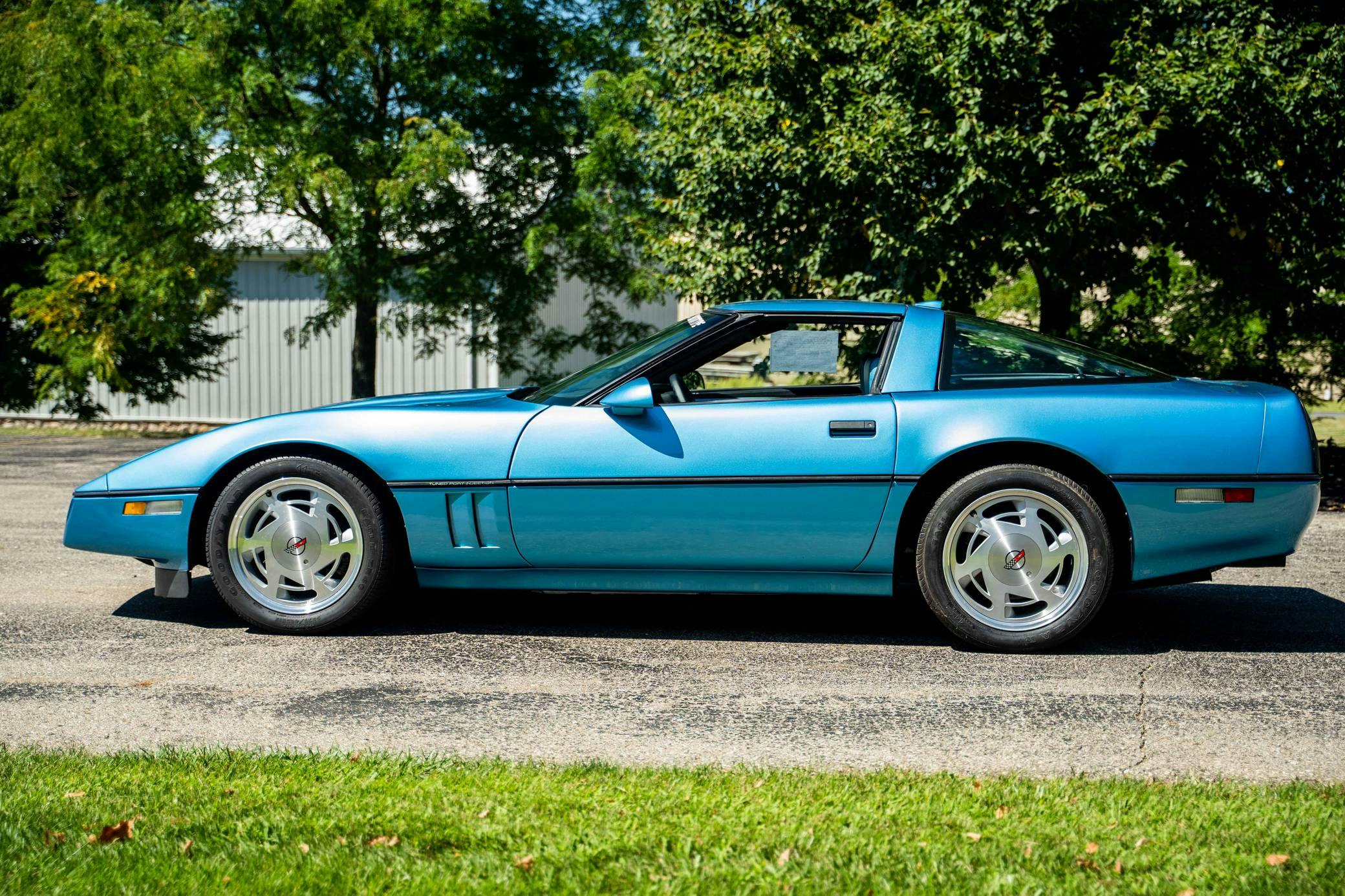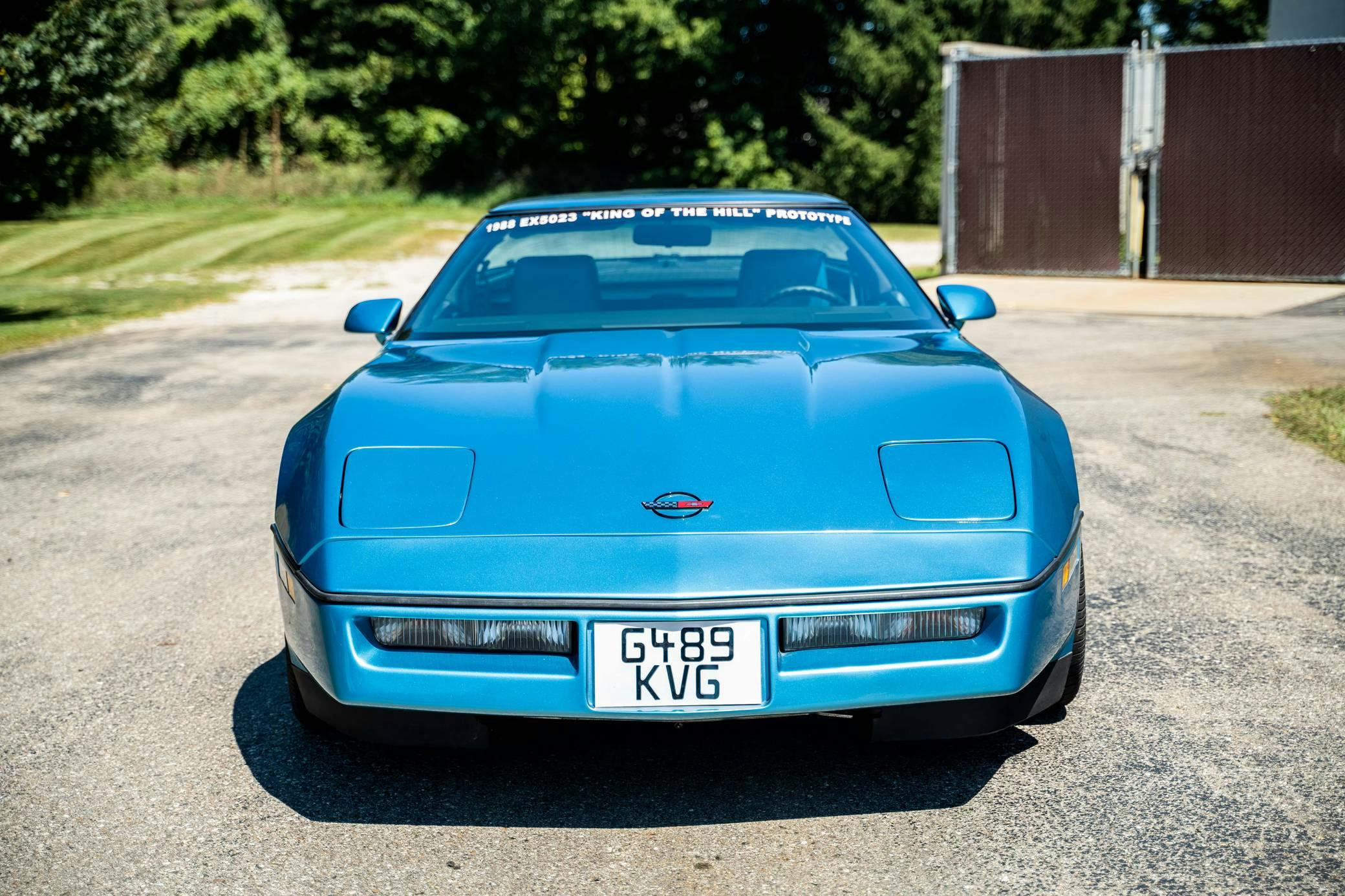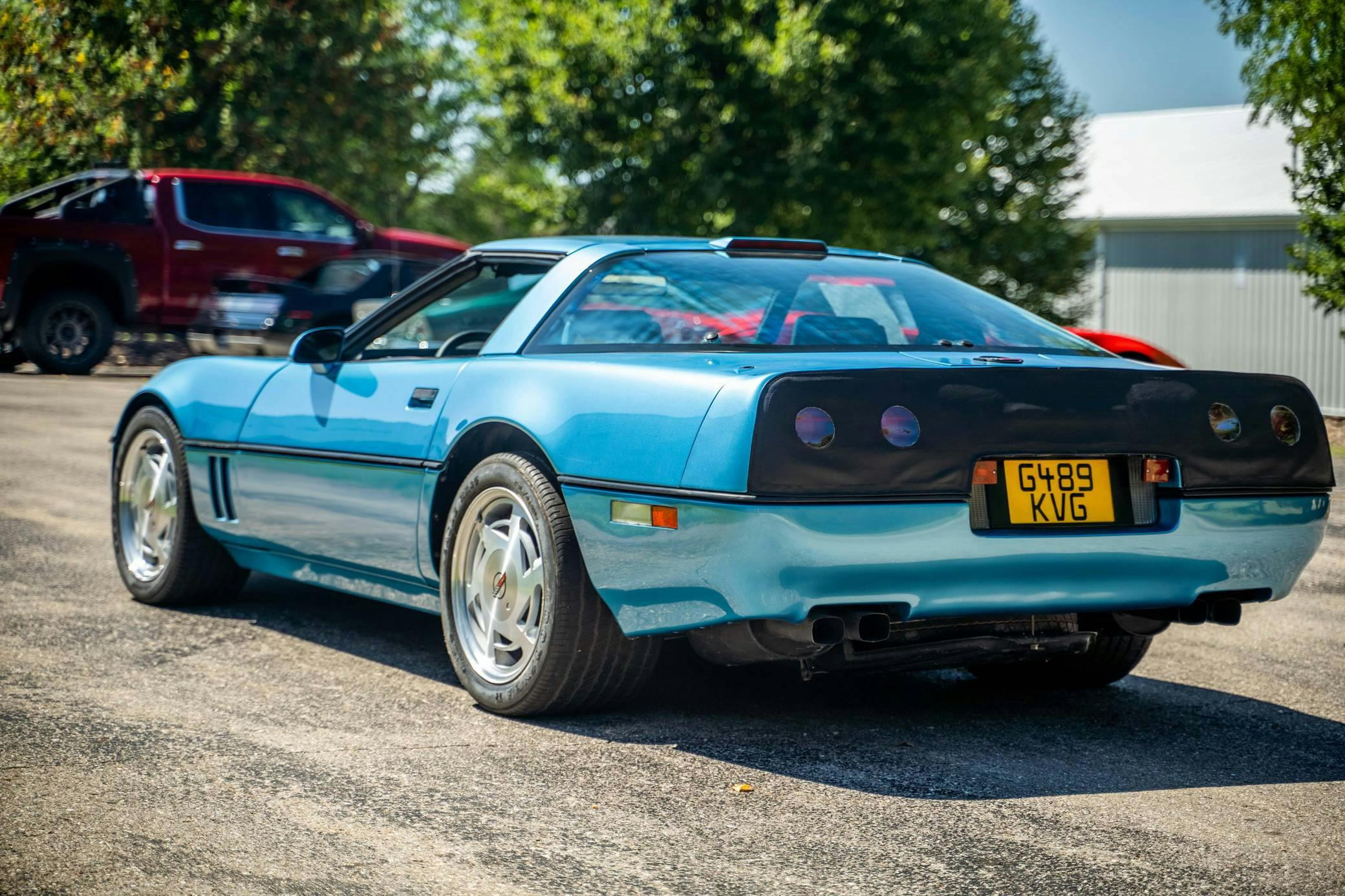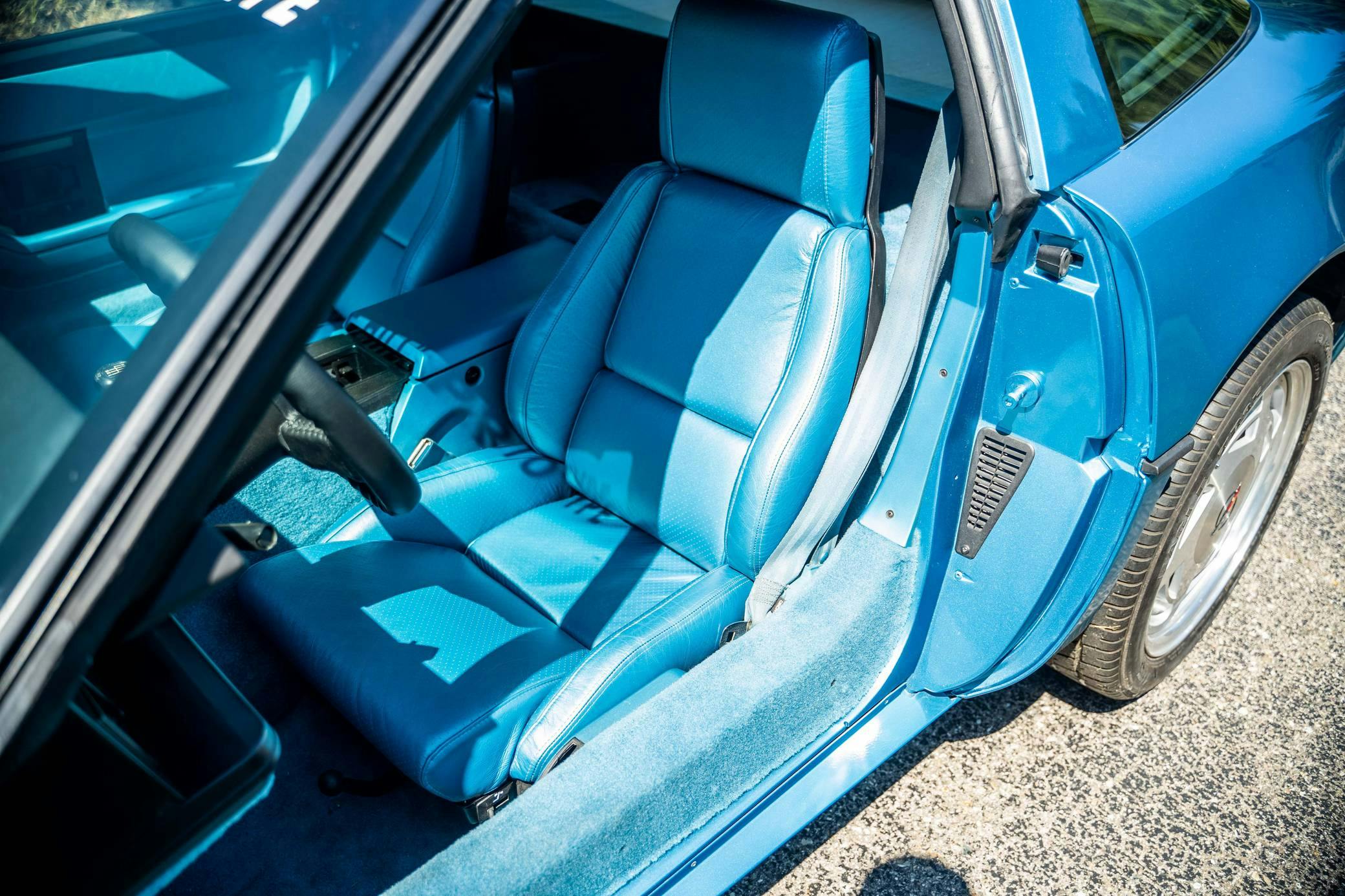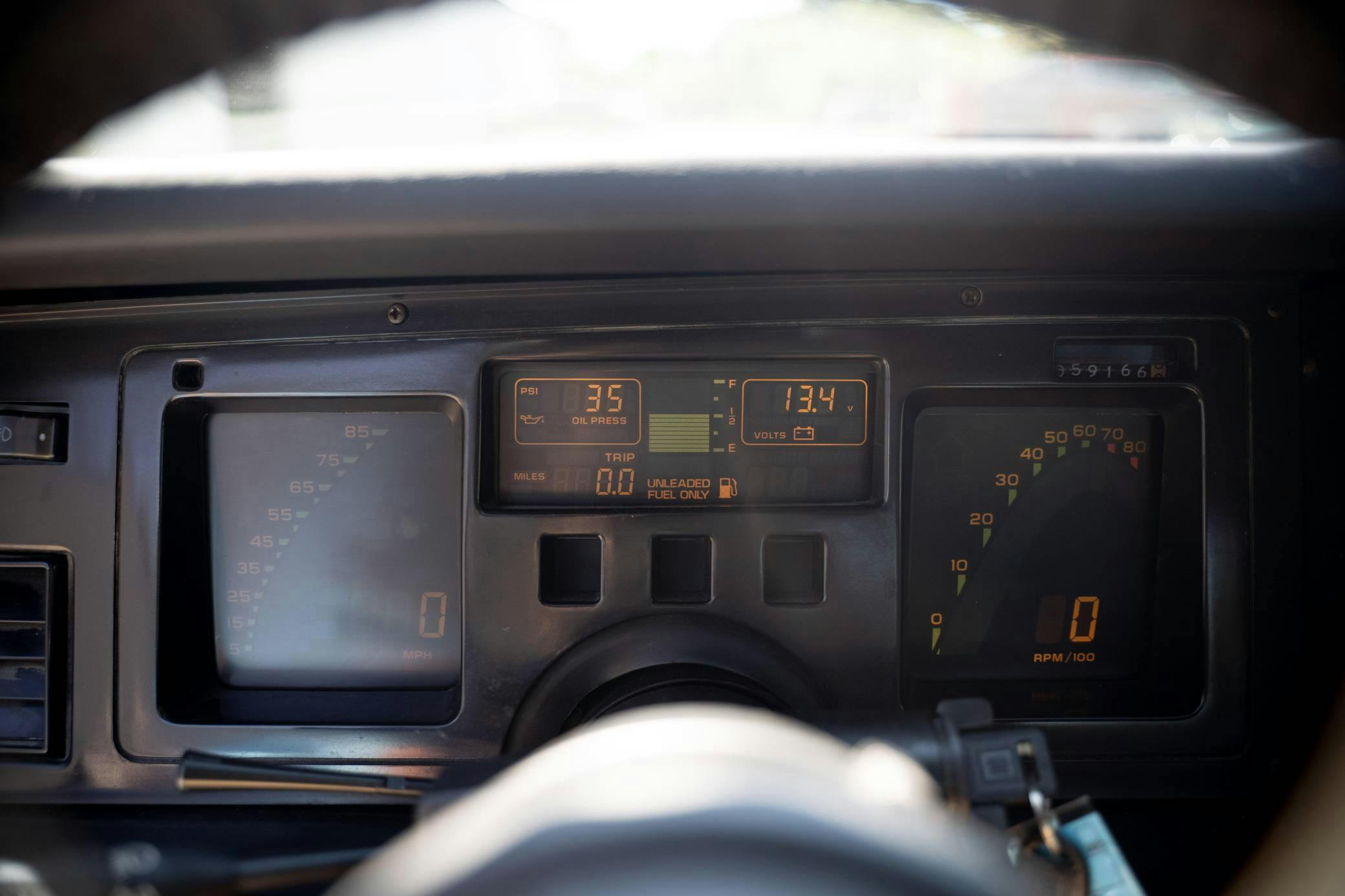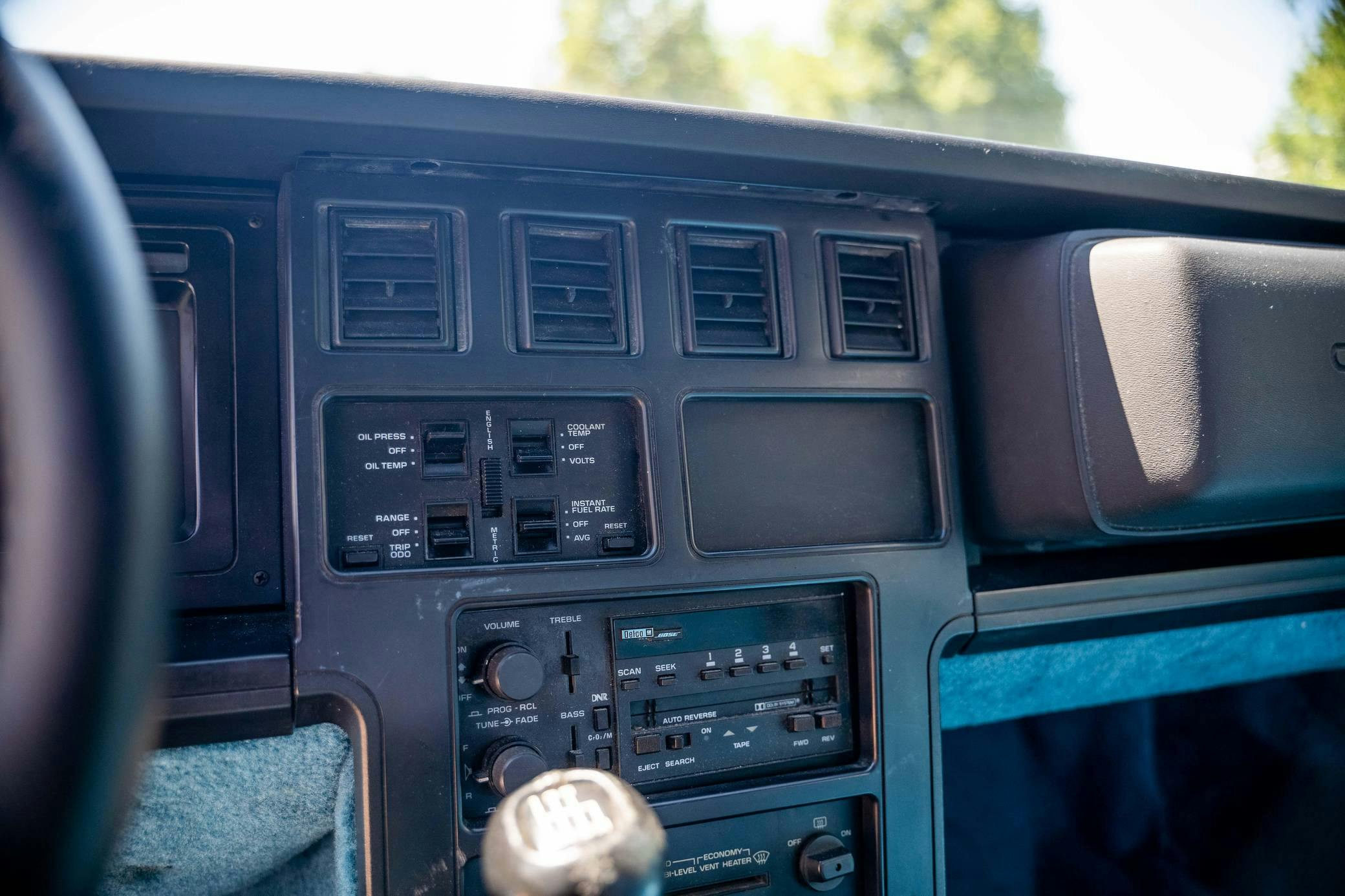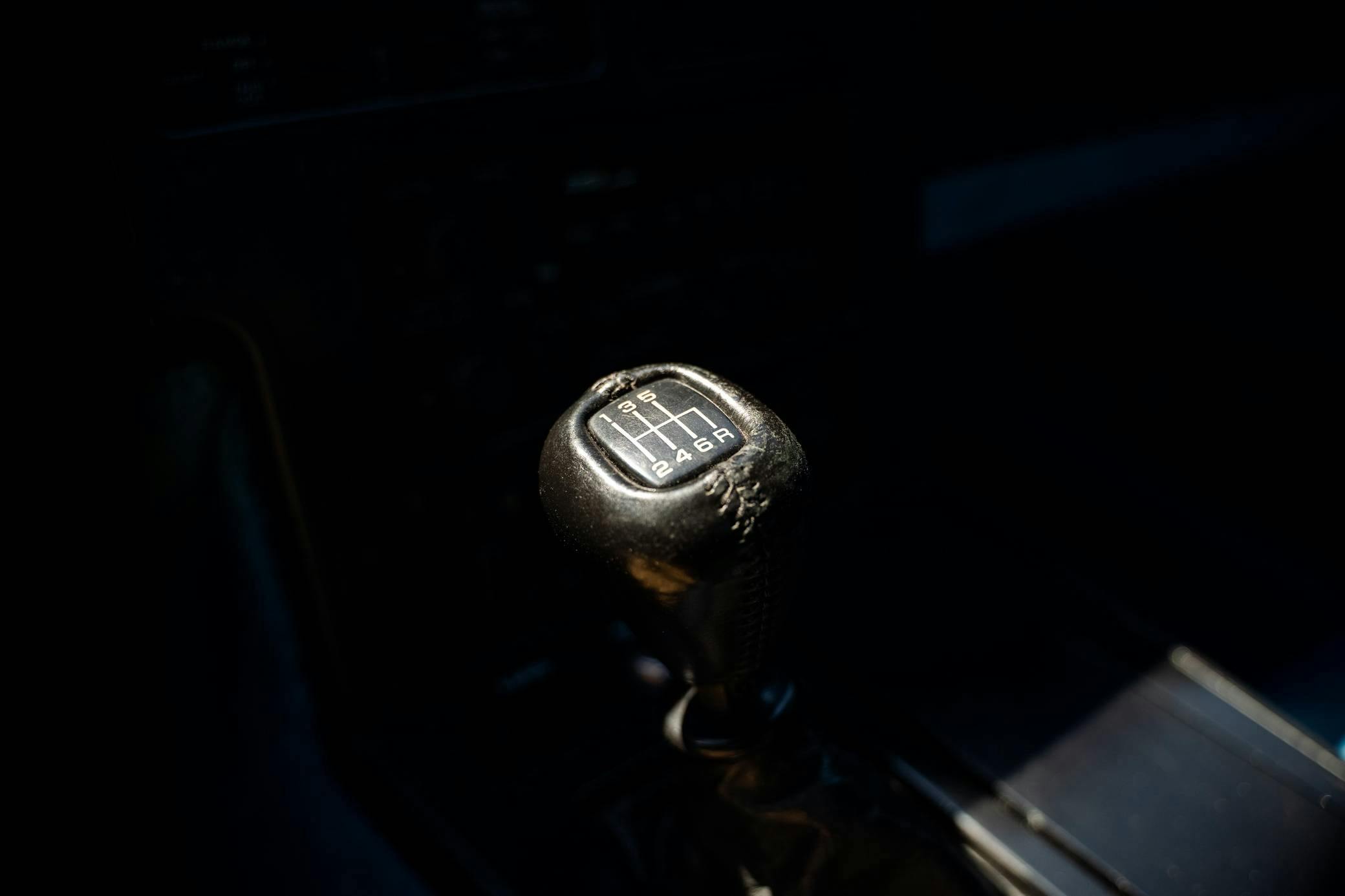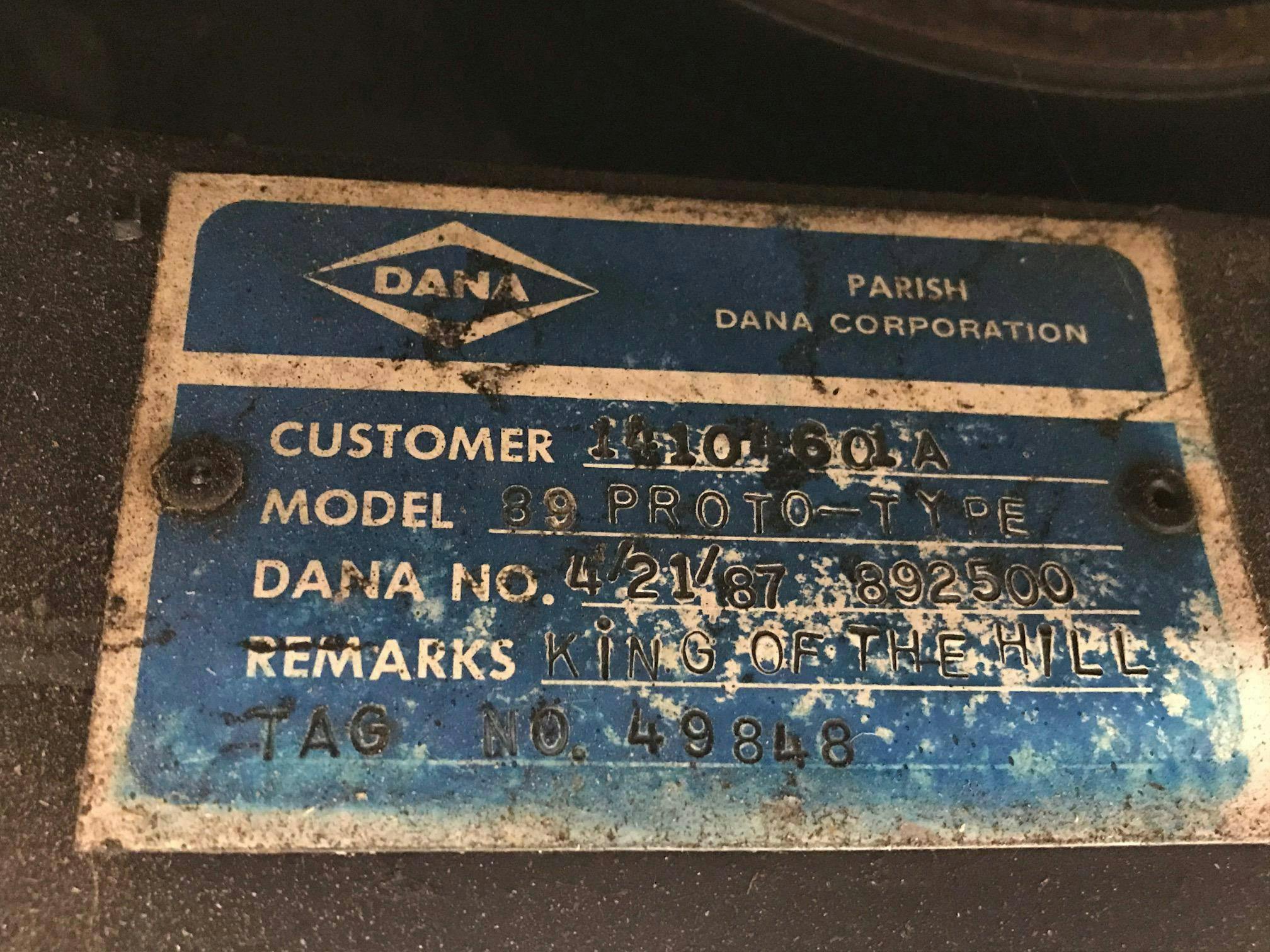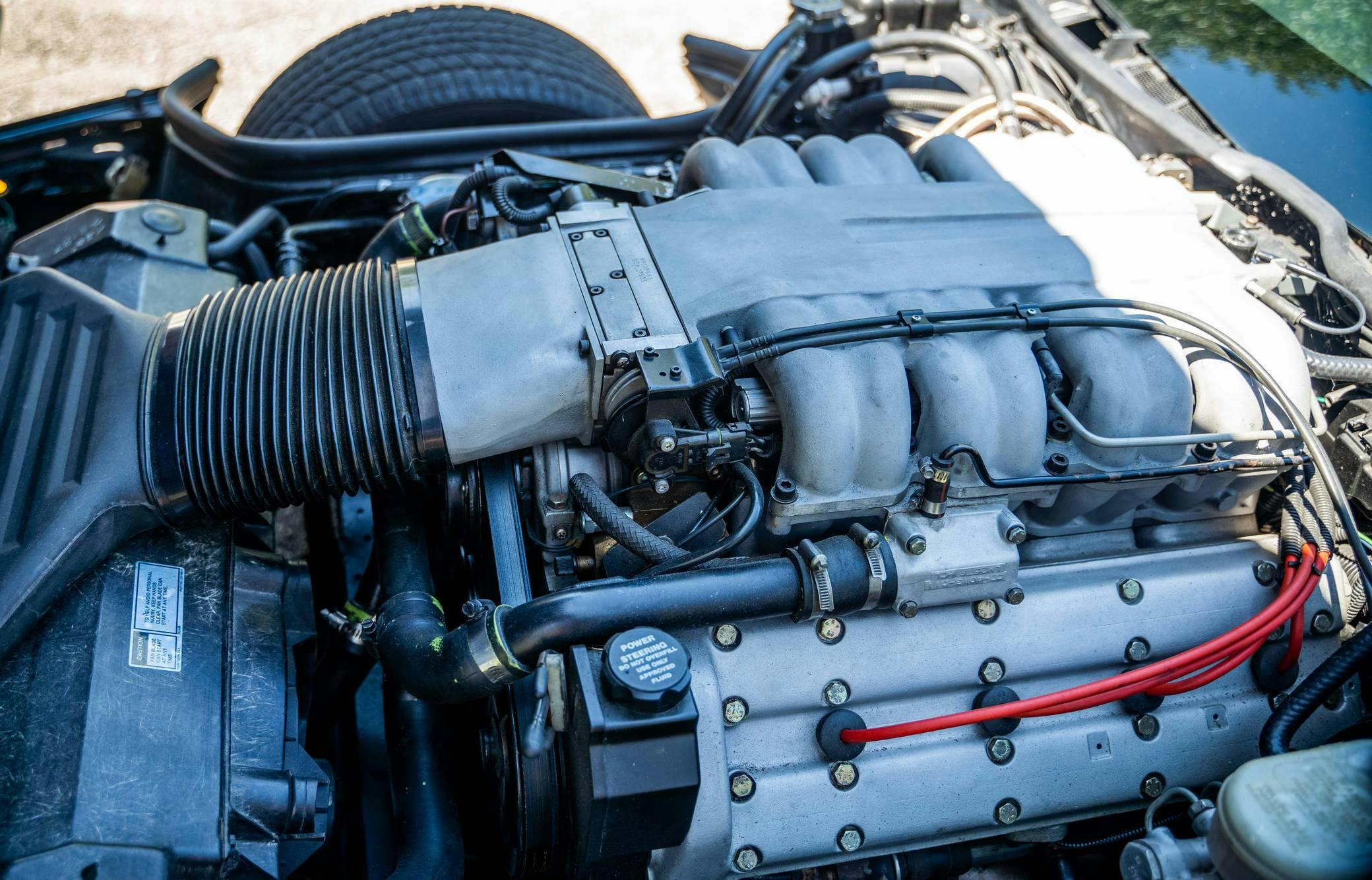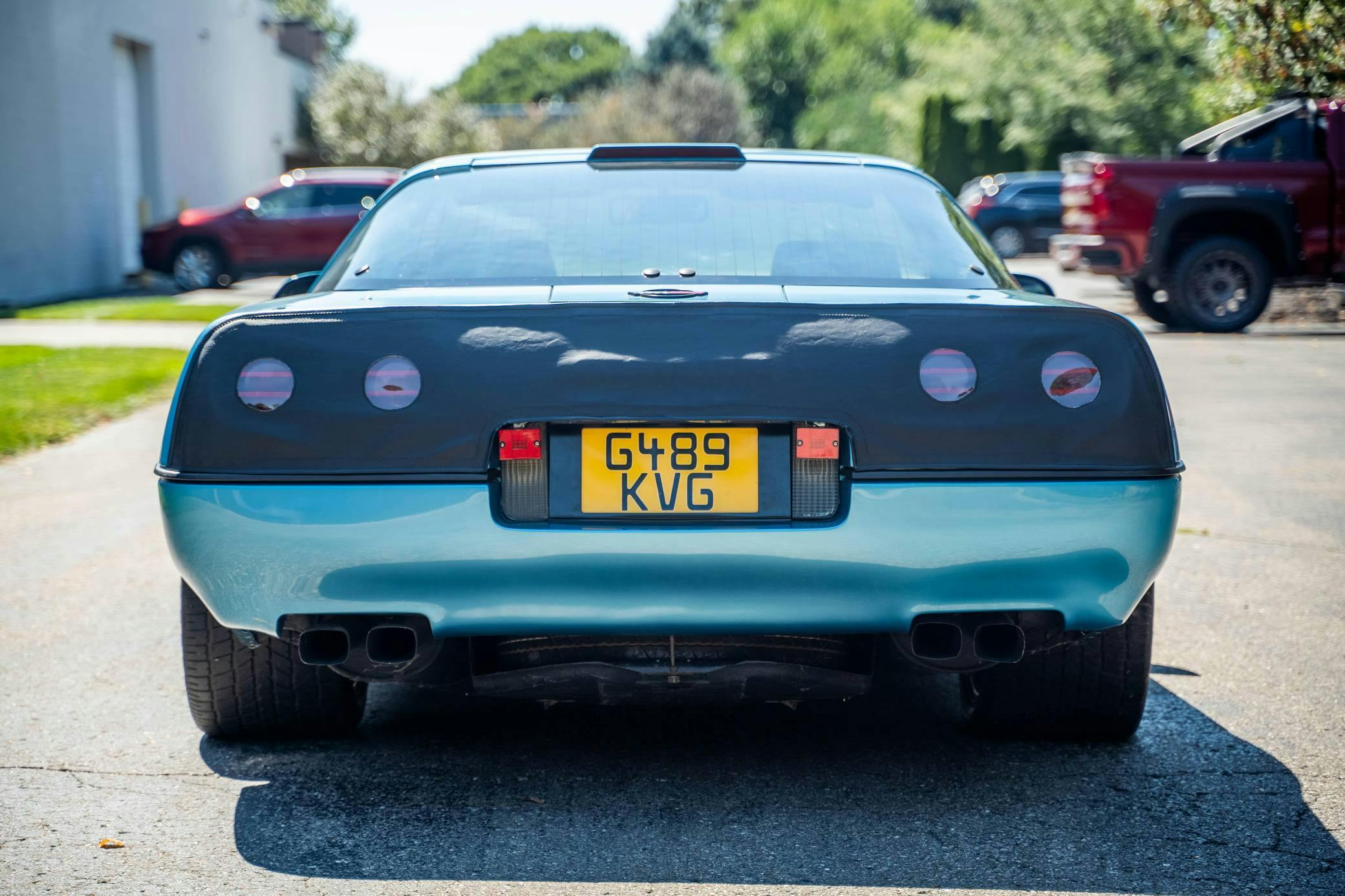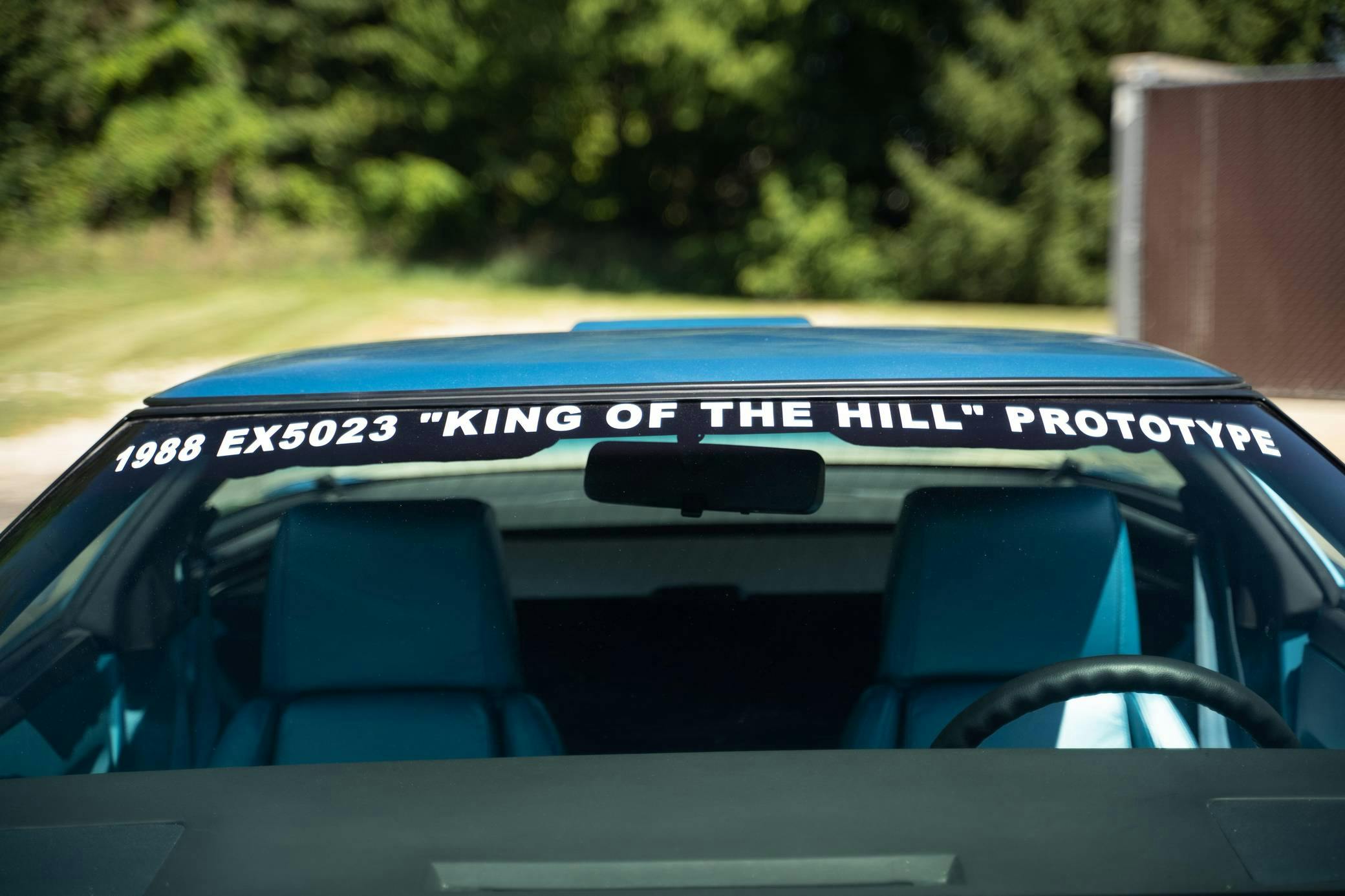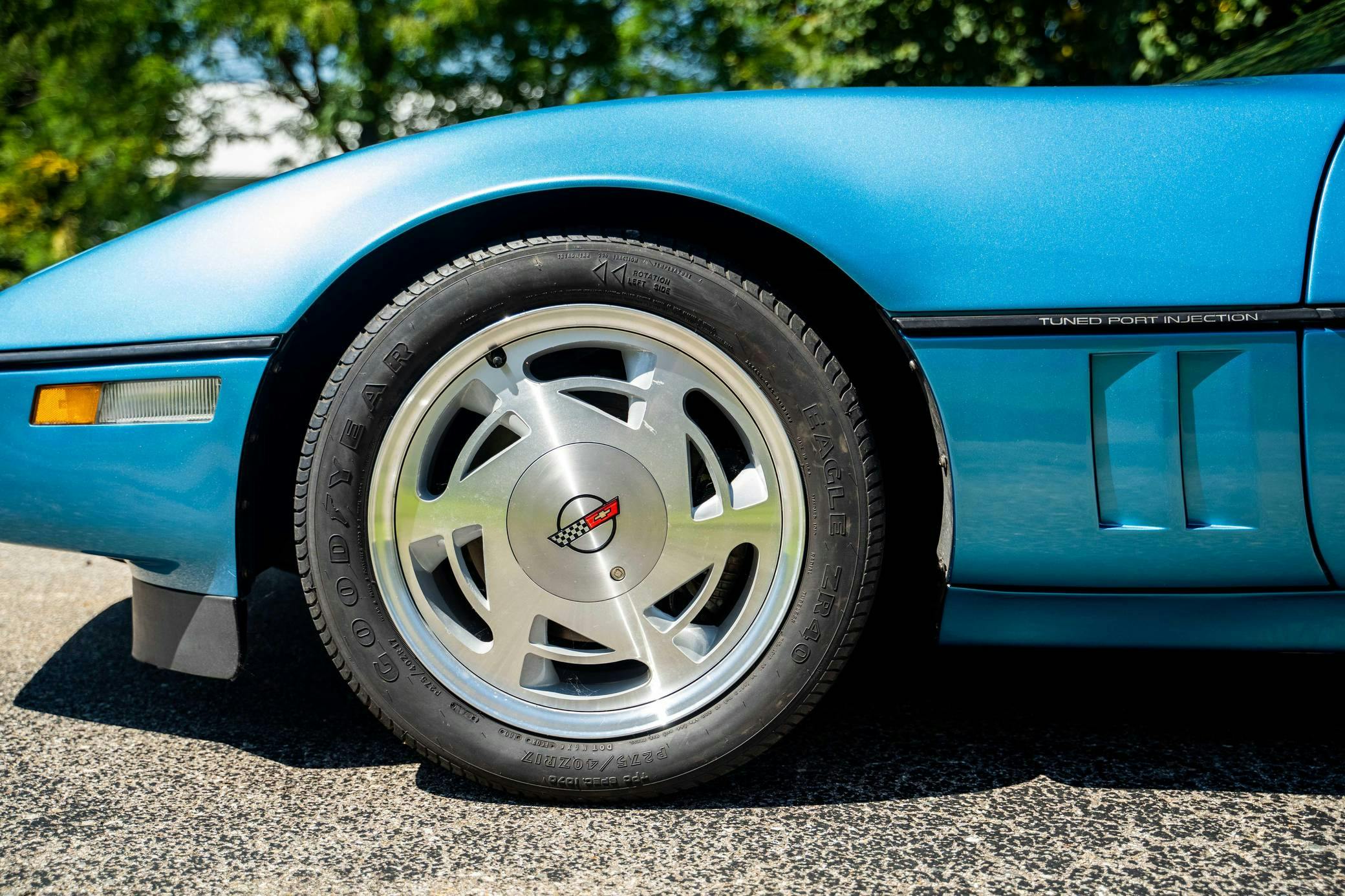Media | Articles
This 1988 Corvette ZR-1 prototype was salvaged and restored by a Lotus employee
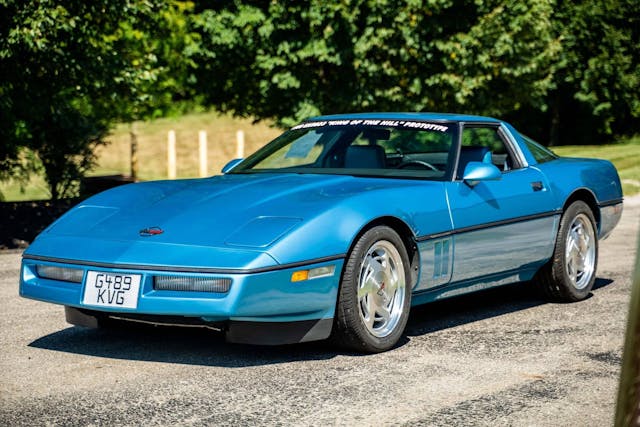
When Chevrolet looked to take its fourth-generation Corvette to the next level of performance, it reached out to Lotus, which was at the time under the GM umbrella. Chevrolet wanted to build a high-powered Corvette with an exotic, world-beating engine, so Lotus took the lead in developing a V-8 unlike any small-block that Chevrolet had ever built.
Around 25 development mules were deployed by Lotus to test this new, “King of the Hill” Corvette and its engine, and only two of them survived in running and driving condition. One is currently up for auction on Cars & Bids. It’s part of the Lingenfelter collection and has all the hallmarks of a development prototype. For example, while it’s equipped with a ZF six-speed manual, it bears the center console of the C4’s Doug Nash 4+3 overdrive transmission and the 315mm-wide rear Goodyear tires have “Not For Sale” molded into the sidewall.
According to the listing, this car was saved from a British scrap heap by a Lotus employee that restored the car to its present condition. Its blue exterior and blue interior are pure late-’80s perfection.
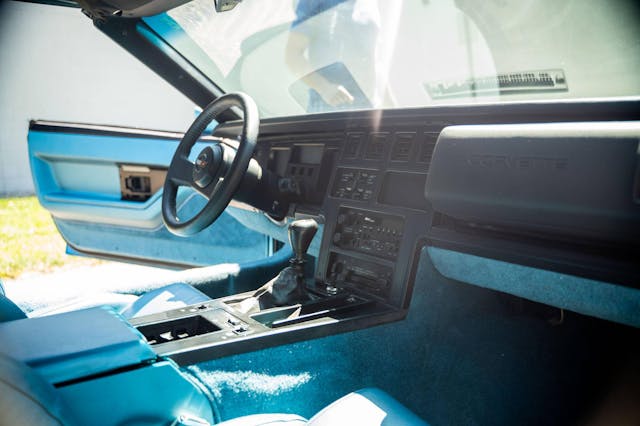

Of course, the crown jewel of this King of the Hill is its DOHC LT5 V-8, found only in the C4 Corvette ZR-1. While it uses the same bore spacing as all Chevy small-blocks before it—and since—at 4.4 inches, that’s where the similarities end. The LT5 has four-valve heads each topped with a pair of camshafts. So long, pushrods. Its bore and stroke combination, 99mm x 93mm, was also new. The result was a high-revving, free-breathing 5.7-liter V-8 that wasn’t the same old 350. In its developmental stage, this V-8 produced 380 hp at a time when the contemporary Tuned Port Injection L98 Corvette was only managing 245 hp.
When the 1990 ZR-1 debuted it featured a 375-hp version of the LT5 V-8, built by Mercury Marine, but by 1993 it was churning out 405 hp. That was more than the 8.0-liter Dodge Viper could manage in its first iteration. Chevrolet abandoned OHC engines for the Corvette when the ZR-1 ended production in 1995, as the LS1-powered C5 was on the horizon and Chevrolet knew that its new pushrod engine platform would be capable of similar output from a smaller, lighter, easier-to-manufacture package. Indeed, the C5 Z06 eventually produced 405 hp from a 5.7-liter V-8, but there were some Lotus fingerprints left on Corvette. Both the standard LS1 and the Z06’s high-output LS6 have a 99mm bore—just like the LT5.
Marketplace
Buy and sell classics with confidence
This development car marks an important moment in the Corvette’s evolutionary timeline. The ZR-1 was a technological marvel, a truly special machine that represented the Corvette brand well against some of the best-performing, most prestigious cars of the era. This example is a bit too historically significant to be wrung out like a proper ZR-1 should, but with any luck it will occupy a place of honor in some Corvette fan’s collection.
